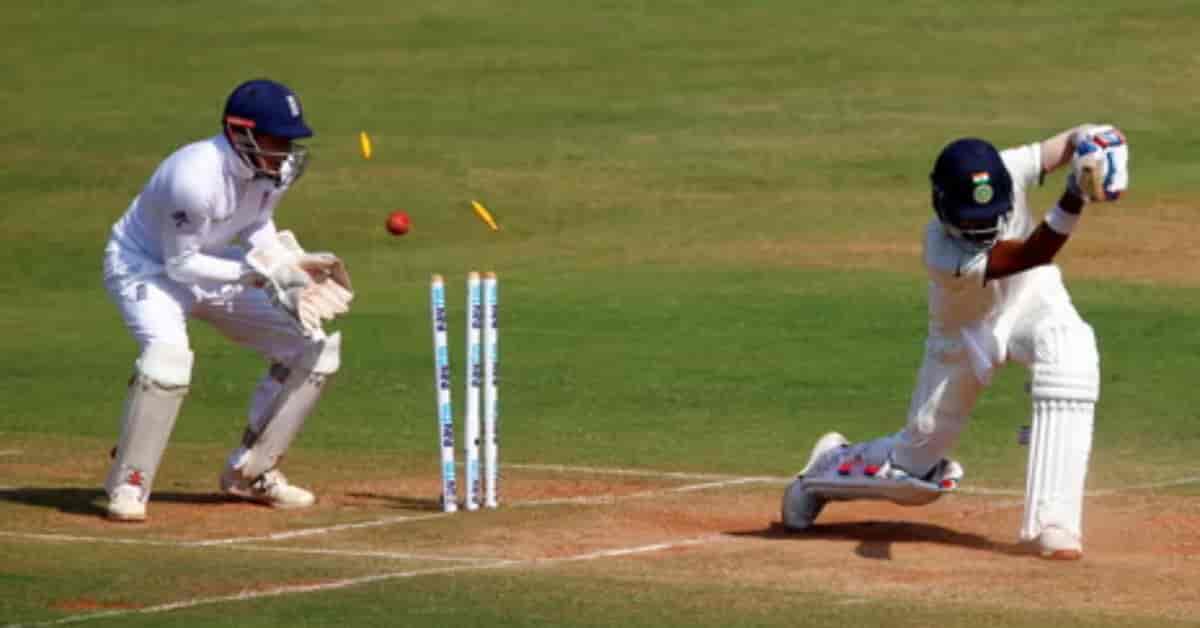Cricket is usually described as a sport that requires skill, strategy and teamwork. Every cricket game includes standout players who are the center stage and determine the outcome of the game. They, also known as the protagonists, are primary actors around which the match’s story unfolds. What is the main character in the cricket game and how can this role be defined? Let’s look at the definition.
Understanding the Protagonist in Cricket
In terms of literature in the sense of a story, a protagonist is the principal character in a tale. Similar to an actual cricket match, players are the main protagonists whose performance is crucial to the outcome of the game. They can be part of either the bowling or batting team and their actions are the basis for the flow of the game and its result.
Characteristics of a Cricket Protagonist
To identify the player in a cricket game, various factors and conditions are considered:
Read More: Who is the Protagonist in the Cricket Match?
- Outstanding Performance players who put on outstanding performances, like making a century or taking several wickets.
- Game-changing moments The people who are able to make a significant contribution at crucial junctures.
- Influence of Leadership Captains who make important tactical decisions can be viewed as heroes.
- adaptability players who adapt to difficult conditions and opposing strategies.

Types of Protagonists in a Cricket Match
The Star Batsman
Batsmen are often the main heroes when their performances help the team to stay on top or pursue a difficult goal.
- An example: Virat Kohli’s iconic chases in extreme pressure situations.
- Key Traits :A high batsman’s average.
- Capacity to withstand the pressure.
- Stroke-making prowess.
Memorable Innings by Batsmen
- Sachin Tendulkar’s innings against Australia in Sharjah in 1998 known as Desert Storm.
- Ben Stokes’ heroic knock at some point of the 2019 Ashes Test at Headingley.
The Match-Winning Bowler
Bowlers can play the role of heroes when they take down the opponents.
- Examples: Wasim Akram’s reverse-swing mastery at his World Cup Final in 1992. World Cup Final.
- Key Traits : A precise and consistent bowling.
- Ability to deliver when under pressure.
Game-Changing Bowling Performances
- Anil Kumble’s 10 wicket record against Pakistan in Delhi 1999.
- Lasith Malinga’s double-hat-trick in ODIs.
The All-Rounder
- All-rounders perform a dual job; they excel at both bowling and batting. They are often the main characters because of their flexibility.
- An example: Jacques Kallis’ well-balanced contributions to the game with ball and bat.
- Key Traits : Balance between defense and attack.
- Participation in any format.
Iconic All-Rounder Performances
- Andrew Flintoff’s Ashes 2005 saga.
- Shakib Al Hasan’s all-round performances during his performance at the 2018 World Cup.

The Captain as a Protagonist
Captains are usually the key to creating the storyline of a game. Their tactical skills and their decision-making abilities make them the protagonists, even if their personal performance is not the most important.
An example of MS Dhoni’s cool-headed leadership during 2011, the World Cup Final.
Key Traits :
- Be calm under pressure.
- Strong decision-making skills.
Memorable Captaincy Decisions
- Imran Khan led Pakistan to victory at the 1992 World Cup.
- Eoin Morgan is transforming England’s ODI team into world champions in 2019.
The Wicketkeeper’s Role
Wicketkeepers, who are often ignored, are sometimes able to become match protagonists with their sharp reflexes and clutch moments.
Example: Adam Gilchrist’s explosive bat and perfect keeping.
Key Traits:
- The ability to react quickly and with ability in the stumps.
- Contribution from the bat.
Standout Wicketkeeping Performances
- MS Dhoni’s lightning fast stumpings in limited-overs cricket.
- Kumar Sangakkara’s role in Sri Lanka’s 2014 T20 World Cup win.
The Unlikely Hero
Sometimes, a less well-known player can emerge as the unintentional protagonist in a cricket game.
Example: Carlos Brathwaite’s 4 consecutive sixes during the 2015 T20 World Cup Final.
Key Traits:
- The moment is now to take advantage.
- The unexpectedly good news comes when it is least expected.
Remarkable Performances by Unsung Heroes
- Ajit Aggarkar’s hundred at Lord’s.
- Joginder Sharma’s last wicket during his 2007 T20 World Cup Final.
Factors Determining the Protagonist in Cricket
A variety of internal and external factors can help determine the main character of a game:
- Match Context Performances in critical circumstances often define the protagonist.
- Conditions adapting to the weather and pitch conditions.
- Strength of Opposition standing out in opposition to strong teams.
- Pressure Scenarios: Delivering under high stakes.
Why Identifying the Protagonist Matters
Understanding the character of the player during a cricket match gives greater insight into:
- Game analysis helps both fans and analysts comprehend the dynamics of a match.
- Player Recognition highlights individual contribution in team sports.
- Motivational Story Protagonists are often the ones who encourage new players and their fans.
Conclusion: The Hero of the Game
“Who is the Protagonist in the Cricket Match?“The player who is the main protagonist in a match of cricket isn’t just the highest scorer or bowler with the highest numbers. It’s the player whose actions are the most in tune with the story of the game and result in significant pivotal moments. The heroes of these teams, whether batsmen, captains, bowlers or undiscovered stars — capture the attention of their fans and inscribe their names into the history of cricket.


